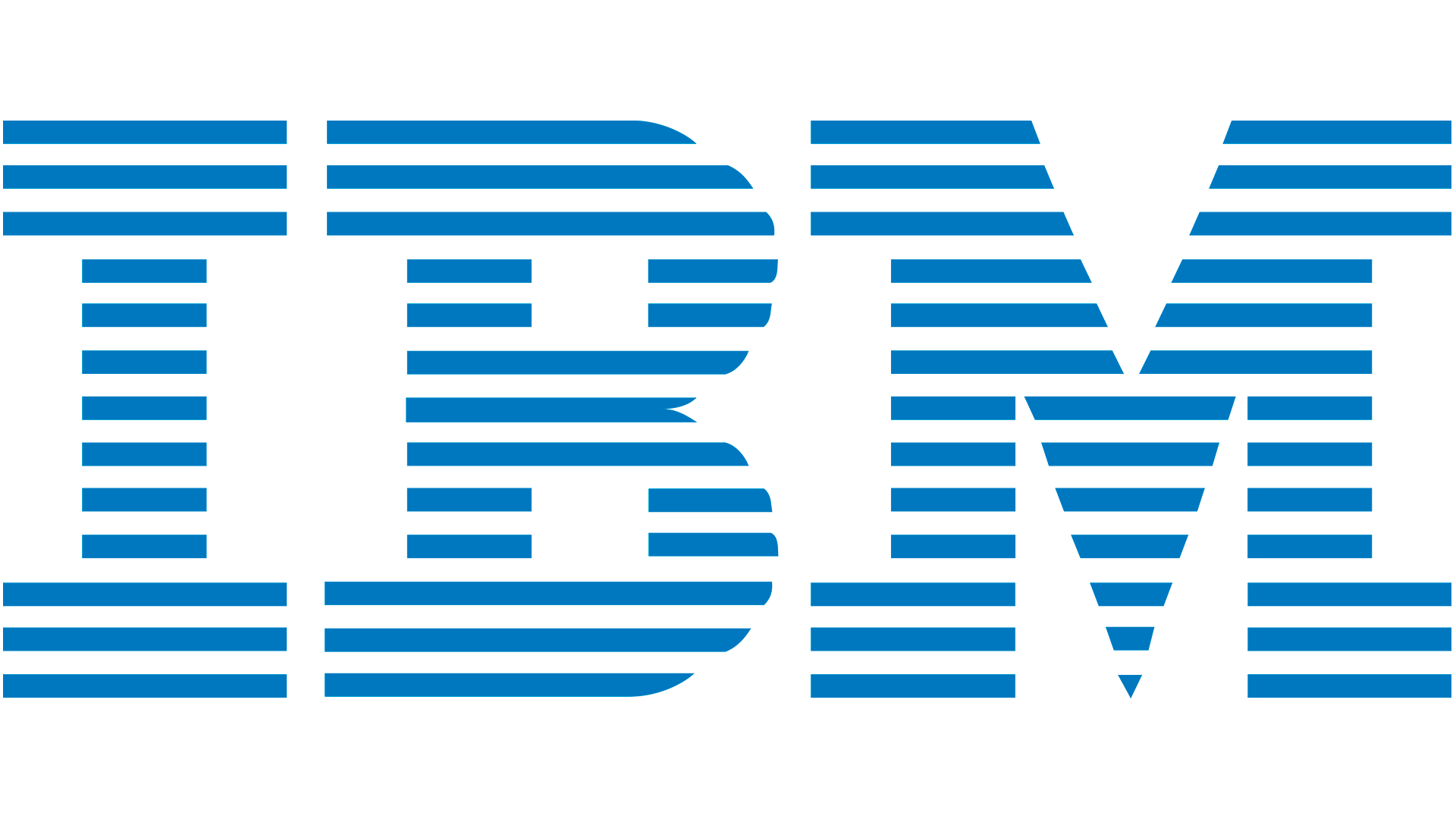The IBM 1620 Computing System
The IBM 1620, introduced in 1959, was a groundbreaking machine designed as an affordable scientific computer for educational and research institutions. Its architecture was unique for its time, relying on decimal computation rather than binary, which aligned with the numerical methods used by engineers and scientists. The 1620 utilized a variable-word-length design, where numbers and instructions were stored as strings of decimal digits separated by a word mark, allowing for highly flexible data handling. Instead of hardware-based arithmetic logic, the 1620 used a software-driven approach for addition, subtraction, multiplication, and division. This "table lookup" method made the machine cost-effective by offloading complex arithmetic operations to software routines stored in memory.
Magnetic Core Memory
The 1620's main memory, composed of magnetic core memory, could be configured from 20,000 to 60,000 decimal digits, with each digit taking one memory location. This computer was a variable-word-length decimal computer instead of the fixed-word-length binary computers that we know nowadays. Core memory cycle times were 20 microseconds for the Model I and 10 microseconds for the Model II. The model II was introduced in 1962.Floating Point Arithmetic
The system also featured an optional floating-point arithmetic package, enhancing its capability for scientific computations. Input and output operations were handled via punched cards and a console typewriter, with optional peripherals like line printers and magnetic tape units to extend functionality. The instruction set was simple but versatile, with support for both scientific and business applications. The IBM 1620's modular design allowed for gradual expansion as user needs grew. Its simplicity, flexibility, and affordability made it immensely popular in universities and technical institutions, earning it the nickname "CADET" (an informal acronym for "Can't Add, Doesn't Even Try") due to its reliance on software for arithmetic—a hallmark of its innovative architecture.Model I and Model II
The original Model I could store 20,000 decimal digits with each digit stored in six bits. More memory could be added by installing the IBM 1623 storage unit which would double the storage to 40,000 digits. Model II of this computer could hold 60,000 digits. The Model II version used the IBM 1625 core-stage memory unit which halved the memory cycle time by using faster cores compared to the Model I.Even though the 5-digit addressing method could theoretically address 100,000 decimal digits, no machine with this capacity was produced and IBM stopped at 60,000.
The 1620 could be programmed with the 1620 Symbolic Programming System, a type of assembly language, or a higher language such as Fortran, Fortran II (which required 40,000 or more digits of memory), or GoTRAN. GoTran was a simplified interpreted version of FORTRAN.
For storage the computer used Monitor I and II disk operating systems, that could utilize one or more 1311 disk drives. Production of this machine stopped around 1970.
Typical 1620 Setup

Layout Diagram

SPS Symbolic Programming Card


RAM max: 60,000 words
ROM: n/a
VRAM: n/a Sound Chip none Sound none Display Chip none Display Type Writer Best Color n/a Graphics n/a Sprites n/a System OS N/A Storage Paper Tape, Magnetic Drum

